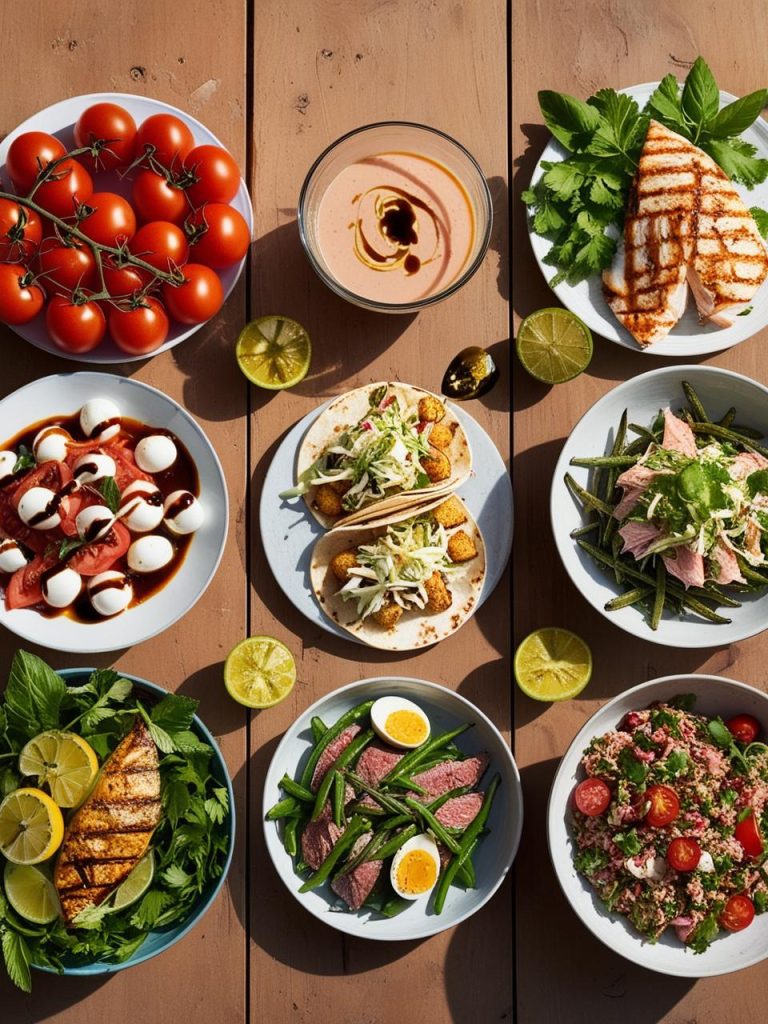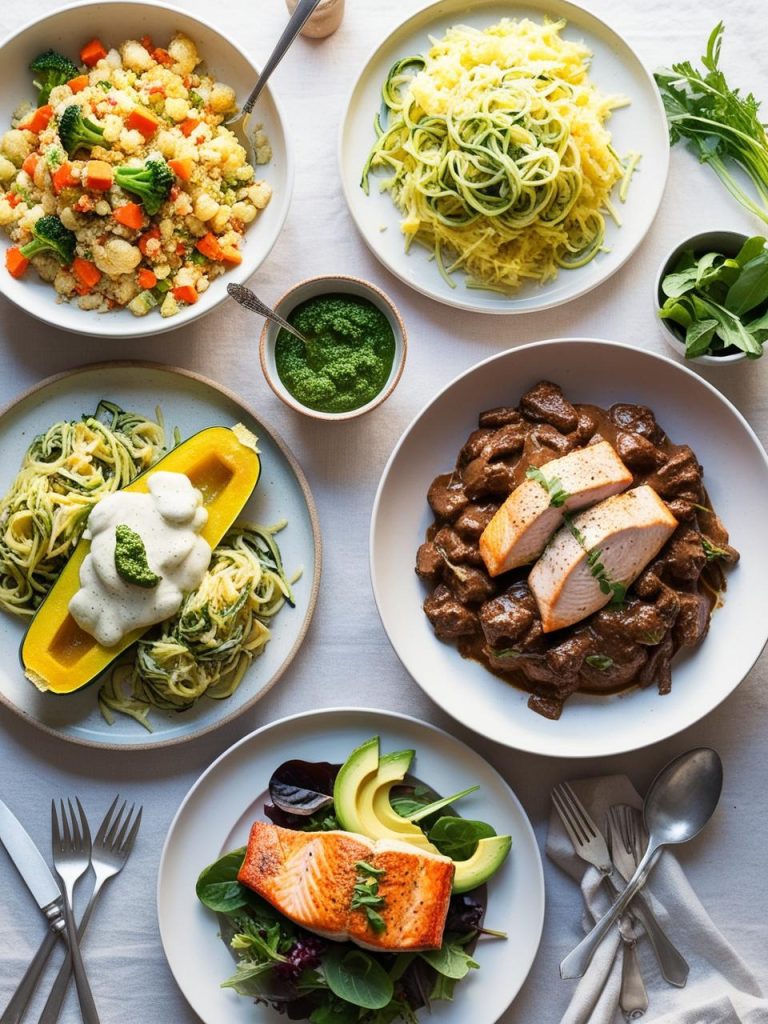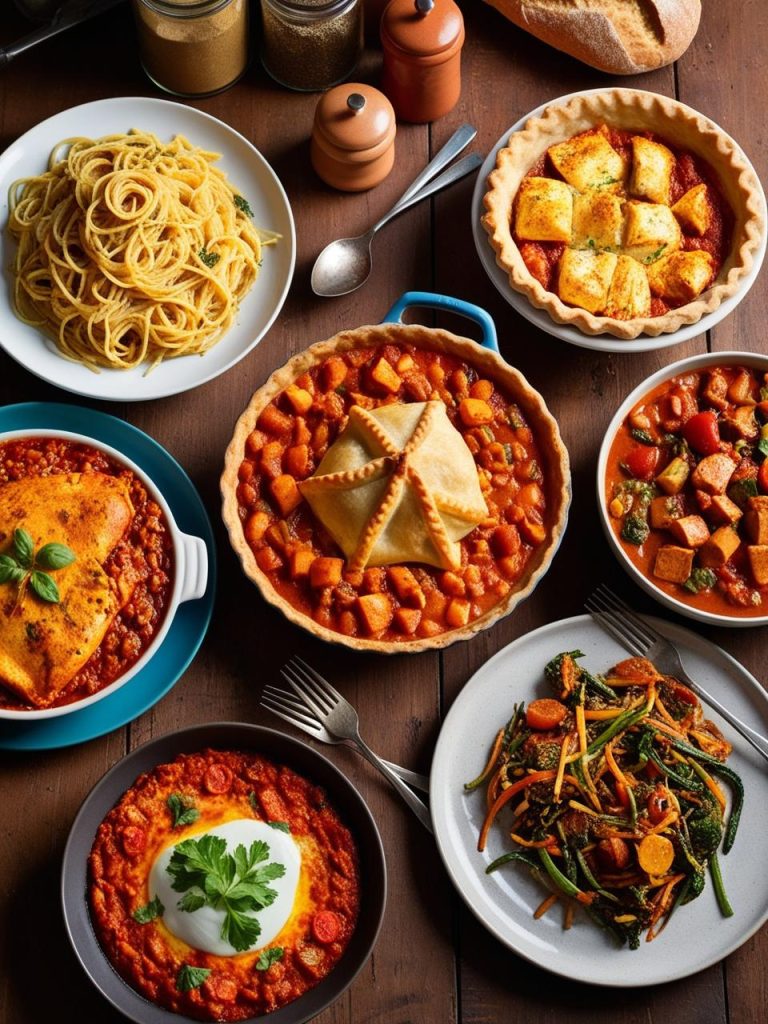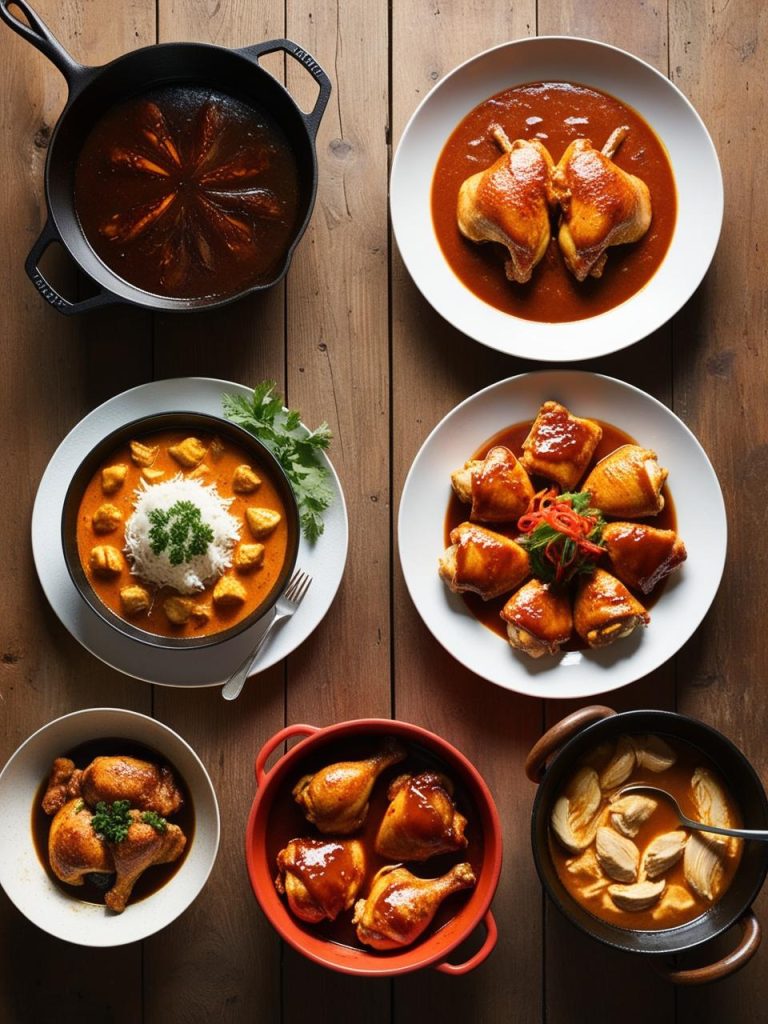5 Easy Vegetarian Dinners Ready in 30 Minutes
Every recipe tells a story, reflecting the culture and traditions of the people who created it. From the sizzling woks of ancient China to the vibrant streets of Mexico, vegetarian dishes have evolved over centuries, blending history with flavor. In this post, we’ll explore five quick and delicious vegetarian dinner recipes, uncovering their origins and how they became beloved across the world.
1. Vegetable Stir-Fry
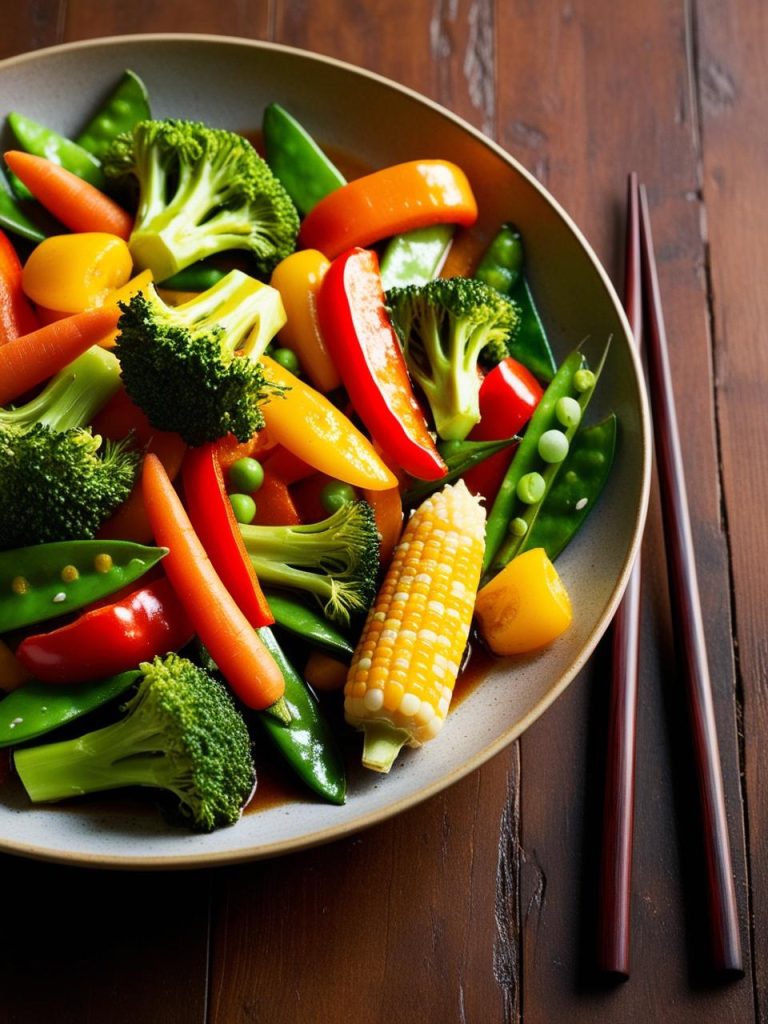
History and Cultural Significance:
Vegetable stir-fry originates from China and is deeply rooted in the traditions of wok cooking. Stir-frying as a method was first recorded during the Han Dynasty (206 BCE–220 CE), when the use of iron woks became widespread. This method was valued for its efficiency in cooking over high heat, saving both time and fuel.
As Chinese cuisine spread across the world, the stir-fry adapted to local vegetables and seasonings, making it a staple in countries like Thailand, Vietnam, and Malaysia. Today, stir-fry is celebrated globally for being a quick, versatile, and health-conscious meal.
Where It’s Eaten:
While stir-frying remains a cornerstone of East and Southeast Asian cuisines, it has also gained immense popularity in Western countries as a healthy dinner option.
2. Caprese Salad

History and Cultural Significance:
Caprese salad, or Insalata Caprese, hails from the island of Capri in southern Italy. It was created in the early 20th century as a simple yet flavorful representation of Italian culinary philosophy: high-quality ingredients prepared minimally. Its ingredients—tomatoes, fresh mozzarella, basil, olive oil, and sometimes balsamic vinegar—symbolize the colors of the Italian flag.
Caprese became popular in post-World War II Italy as a light and refreshing dish, especially during the summer. It embodies the Mediterranean diet’s emphasis on fresh produce and healthy fats.
Where It’s Eaten:
Caprese salad is now enjoyed worldwide as a starter or light dinner, especially in Italian restaurants and homes.
3. Paneer Tikka
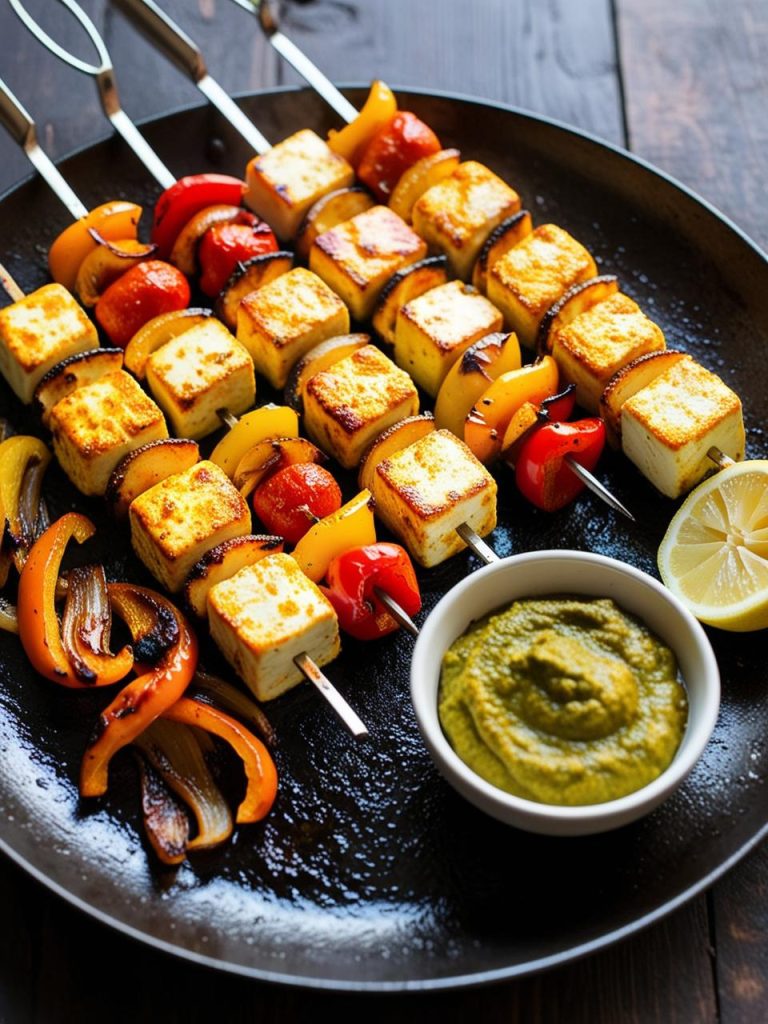
History and Cultural Significance:
Paneer tikka is a popular North Indian appetizer that has its roots in Mughal-era cooking, where marination and grilling techniques were refined. Traditionally, kebabs were made with meat, but the vegetarian population of India adapted these methods using paneer (Indian cottage cheese).
Paneer tikka involves marinating chunks of paneer with yogurt and spices, then grilling or baking them. It became a favorite at roadside dhabas (eateries) and is now a prominent feature in Indian cuisine worldwide.
Where It’s Eaten:
Paneer tikka is a staple in Indian households and restaurants and has gained recognition in countries with a significant Indian diaspora, such as the UK, the USA, and Canada.
4. Miso Soup with Tofu

History and Cultural Significance:
Miso soup is a quintessential Japanese dish with roots tracing back to the 7th century. Made from fermented soybean paste (miso), it became a staple during the Edo period (1603–1868) due to its nutritional benefits and long shelf life.
Tofu, introduced to Japan from China, complements miso soup perfectly. Together, they form a balanced and protein-rich meal. Miso soup is deeply ingrained in Japanese culture, often served as a part of daily meals and ceremonial occasions.
Where It’s Eaten:
Miso soup is a cornerstone of Japanese cuisine, found in homes, restaurants, and even school lunches across Japan. It is also widely consumed in Korean and other East Asian cuisines, often with regional variations.
5. Vegetarian Tacos
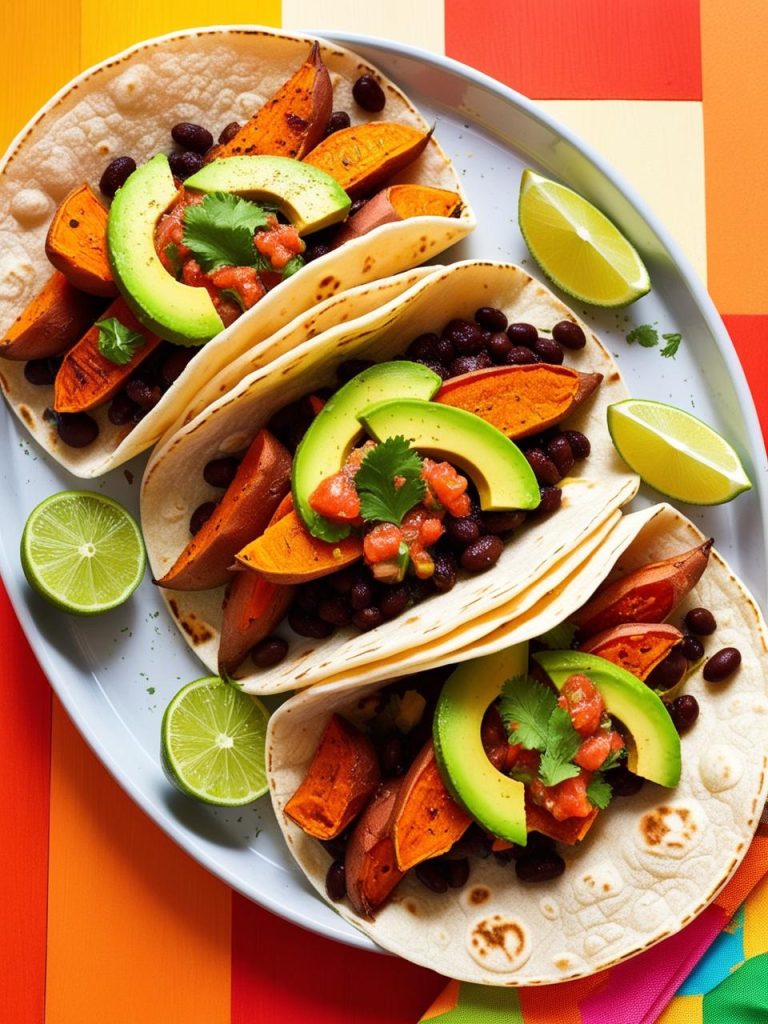
History and Cultural Significance:
Tacos have their origins in pre-Columbian Mexico, where indigenous peoples used corn tortillas to hold fillings. Vegetarian tacos are a modern twist, catering to the global rise in plant-based eating. Common fillings include roasted vegetables, beans, avocado, and flavorful salsas, reflecting Mexico’s vibrant culinary heritage.
The vegetarian taco gained popularity during the health food movement of the late 20th century and is now a favorite worldwide, particularly in vegetarian and vegan-friendly communities.
Where It’s Eaten:
Vegetarian tacos are widely enjoyed in North and South America, particularly in Mexico and the United States, as well as in cosmopolitan cities around the world.

